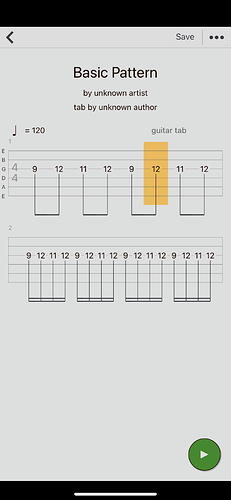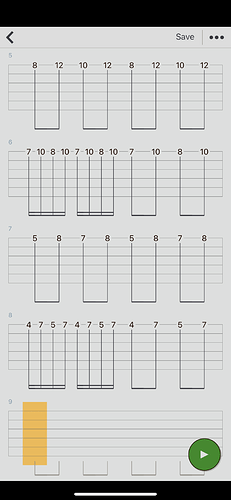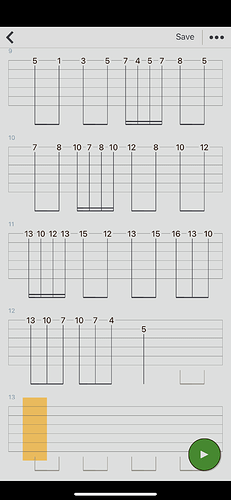@tommo without seeing what the issue is, we’re unfortunately both just speculating hint hint cough cough video cough
To clarify what you asked, my hardly unique thinking on the matter is that generally speaking larger motions typically take more time and energy to do, (the further away you move back and forth from your target, the longer and more energy it takes to get back to it) and more times than not tend to have the side effect of being fatiguing, and more importantly being less controlled, which can lead to unwanted noise if your muting is suffering or your hitting adjacent strings, uneven note durations, or even missing the target completely. Control is the big one here. Now is that to say you can’t use larger motions to accomplish this? No, obviously there are people who can and do and do it well! And if you are one of those, I 100% agree, there’s nothing to fix! But when you read a post like this, where somebody is having an issue or trouble with whatever technique they are using, you don’t really walk away with that impression, so maybe it’s something you want to use all angles to address, but again we’re kinda shooting in the dark on this one.
I would also argue there are limitations to just how big you can make those motions, just as there are to how small you can make them. I mean, nobody is shredding using Pete Townsend windmills, and if by the way somebody is, I’d like to see that!











